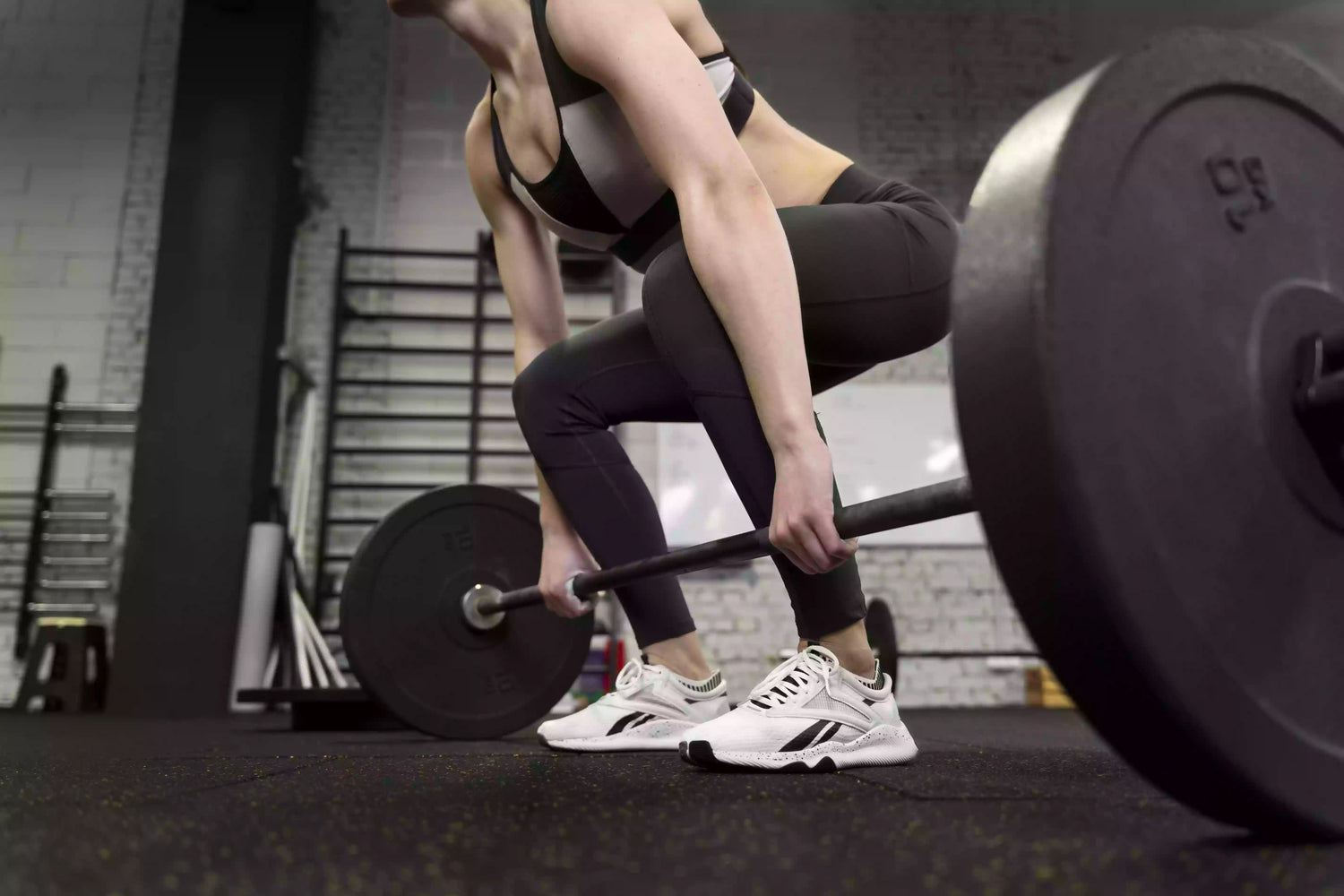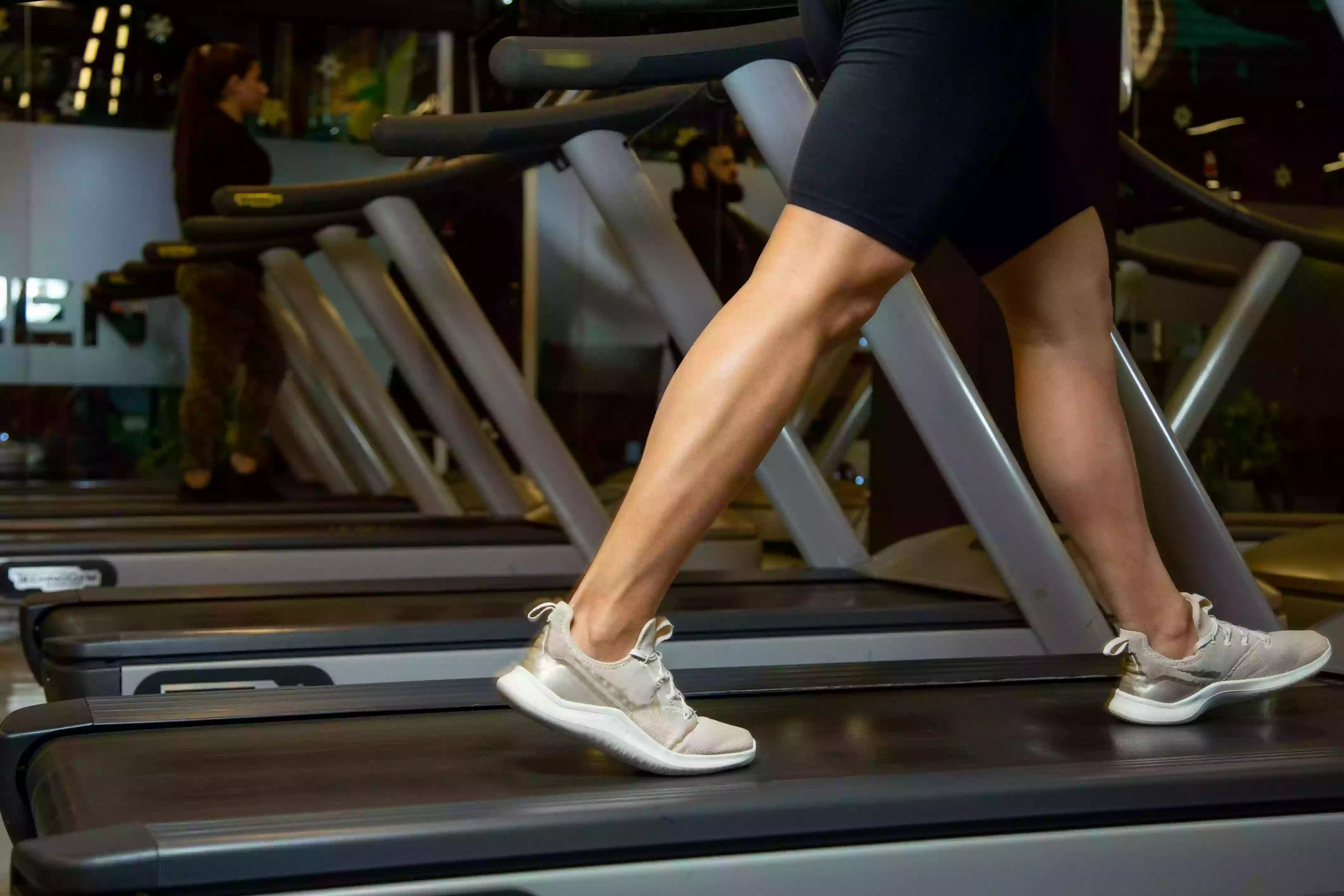For a long time, people believed that the best way to lose weight was by doing lots of cardio and eating less. Treadmills, running, and cycling were the go-to choices. But what about lifting weights? Can it really help you lose fat?
Yes, lifting weights helps with weight loss. A lot. And not just because it burns calories. Weight training changes your body in powerful ways — it boosts your metabolism, shapes your body, and helps you burn more fat even when you’re not working out.
In this guide, we’ll explain how lifting weights works for fat loss, what exercises to do, and why it’s one of the smartest things you can do to lose weight and stay strong.
Why Lifting Weights Helps You Burn Fat
🔥 The Afterburn Effect (EPOC)
When you lift weights, your body keeps working even after your workout is over. It uses extra oxygen to recover, repair muscles, and balance hormones. This is called EPOC (Excess Post-Exercise Oxygen Consumption), or the afterburn effect.
That means you’ll keep burning calories for hours — even while sitting at your desk or sleeping.
🧠 Fun Fact: Strength training creates a bigger afterburn than steady-state cardio like walking or jogging.
💪 Muscle Burns More Calories Than Fat
Muscle needs more energy to stay alive than fat does. So, when you build muscle, your body burns more calories all day — even when you're doing nothing. This helps you lose fat faster.
More muscle = higher metabolism = easier fat loss.
🧬 Better Hormones, Better Fat Loss
Lifting weights helps boost good fat-burning hormones like growth hormone and testosterone. It also makes your body better at handling carbs and sugar (called insulin sensitivity), so you store less fat.
When your hormones are balanced, your body becomes better at using fat for fuel.
Lifting Changes Your Body Shape
Even if the number on the scale doesn’t drop fast, your body will look and feel different — stronger, leaner, and more toned.
📉 Fat Takes Up More Space Than Muscle
Muscle is dense and tight. Fat is soft and bulky. So, two people can weigh the same, but the one with more muscle will look much leaner.
That’s why body composition (how much fat vs. muscle you have) is more important than just your body weight.
🚫 Avoid Losing Muscle When Dieting
When you cut calories, your body might burn both fat and muscle. That’s not good.
Lifting weights tells your body: “Keep this muscle!” So, most of your weight loss comes from fat, not lean tissue.
✅ Pro tip: Eat enough protein and lift weights to protect muscle while losing fat.
How to Use Weight Training for Fat Loss
You don’t need to train like a bodybuilder. A few smart moves, done consistently, can bring great results.
🏋️♀️ Best Exercises to Start With
Focus on compound exercises — they work many muscles at once and burn more calories.
-
Squats – Legs + glutes + core
-
Deadlifts – Back + legs
-
Lunges – Balance + legs
-
Push-ups / Bench Press – Chest + arms
-
Rows – Back + biceps
-
Overhead Press – Shoulders + triceps
Start with lighter weights. Focus on good form first. Then slowly increase weight over time.
📈 What Is Progressive Overload?
To keep getting results, you need to challenge your muscles regularly. That’s called progressive overload.
Here’s how to do it:
-
Add a little more weight
-
Do 1–2 more reps
-
Add another set
-
Rest less between sets
Small changes over time = big results.
📅 How Often Should You Lift?
Start with 2–3 strength sessions per week. Make sure to work all major muscle groups. Let your muscles rest at least 1 day between sessions.
Your workouts should feel challenging, but not painful. If you’re new, consider getting help from a coach or fitness app to guide your plan.
Cardio + Weights = Even Better Fat Loss
Lifting is powerful. But when you combine it with cardio, your fat loss can go even faster.
🏃♂️ More Calorie Burn
Cardio burns calories during the workout. Lifting burns more calories after the workout. Together, they help you create a calorie deficit, which is the key to weight loss.
A simple plan:
-
2–3 weight training sessions
-
2–3 cardio sessions (like walking, cycling, or HIIT)
❤️ Better Heart Health
Lifting builds muscle. Cardio keeps your heart strong. You need both for a healthy, balanced body.
🧠 Tip: Try 15–20 minutes of walking after your lifting session for extra fat burn and recovery.
Science + Experts Agree: Lifting Helps You Lose Weight
🔬 What Studies Show
Many studies confirm that lifting weights:
-
Lowers body fat
-
Increases lean muscle
-
Raises metabolism
-
Improves health, even if weight stays the same
Big names like the American College of Sports Medicine recommend resistance training for long-term fat loss and better health.
👩⚕️ What Trainers and Experts Say
“Building muscle is like adding horsepower to your body. It burns more fuel even when idle,” says many trainers.
They also agree that lifting shapes your body, giving you that lean, toned look you can’t get from cardio alone.
And no — lifting won’t make you bulky. That takes special training, tons of food, and years of effort. For most people, lifting makes you look leaner, not bigger.
✅ Final Takeaway: Yes, Lifting Weights Helps You Lose Fat
Let’s recap:
-
✅ Lifting burns calories during and after your workout
-
✅ It builds muscle that raises your metabolism
-
✅ It shapes your body, even if the scale doesn’t change much
-
✅ It protects muscle during dieting
-
✅ It supports better hormones and blood sugar control
-
✅ When paired with cardio and good nutrition, it’s even more effective
Visit Merach CA to get your own workout equipments.














Laisser un commentaire
Ce site est protégé par hCaptcha, et la Politique de confidentialité et les Conditions de service de hCaptcha s’appliquent.